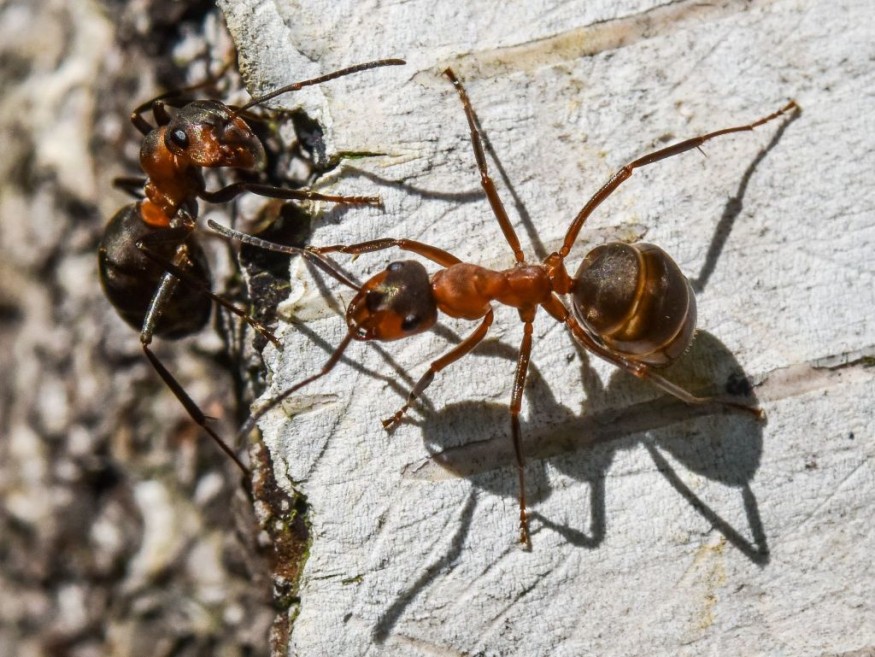
It has always been taught and discussed how ants are great and hard workers. You probably haven't even heard about lazy ants.
Like human being, ant colonies also have slackers called social parasites. They tag along cooperative and hardworking communities to 'forge an evolutionary shortcut'. This way they don't have to work as much and drag themselves to comfort.
Social parasitism in ants has evolved at least 60 times, including some 400 socially parasitic species, according to researchers. This is a life strategy to get away from building a communal network and exploit either their own or closely related species.
In fact, this can also be observed among insects, fish, birds, and mammals, including humans.
Origin of these freeloading moochers
Even the great biologist Charles Darwin have not explained their origins. Which is why modern scientists attempted to reconstruct the evolutionary history of Formica ants using modern genetic research to track the rise of social exploitation or parasitism.
Formica ants of the family Formicidae, commonly known as wood ants, mound ants, thatching ants, and field ants, best represents this research as they include the most social parasite species of any ant genus. As a matter of fact, about half of their species practice the same way.
"This was a moment of clarity," says evolutionary biologist Christian Rabeling from Arizona State University.
"It's like you have all these different mosaic pieces. You place one stone here, another stone there, and then there's a new observation that adds yet another piece to the mosaic. But once you put in the evolutionary time context, all of sudden, you can see the entire picture. It's deeply satisfying."
Social parasitism has three major classes: Temporary social parasitism, Dulotic social parasitism, and Permanent social parasitism.
The first class which has only evolved recently occurs when ant queens somehow lose their ability to breed new colonies, so they steal other colonies and raise it as their own after they have killed the queen.
After two million years, the second class has developed. At first, they were like the first class. However, these parasites either feed on the stolen young or raise them as their own.
The last and final class of social parasitism is permanent and rare. They are 'particularly odd class' because both the invading ant queen and the host queen live together in harmony, without disturbing another. They are the youngest class of social parasites.
Bigger picture for parasitic life history syndromes across eusocial insects
"Our findings emphasize that social parasite syndromes readily originate in socially polymorphic organisms and evolved convergently across the ant phylogeny," said Rabeling.
"Given the high diversity of social parasite species in the genus Formica, and considering the high degree of morphological and behavioral specialization, socially parasitic Formica species appear to be an ideally-suited study organism for investigating caste determination and for exploring the genetic basis underlying behavioral and life history evolution."
The study, for Rabeling, gives opportunity to produce a more holistic picture of social behavioral evolution.
© 2025 NatureWorldNews.com All rights reserved. Do not reproduce without permission.





